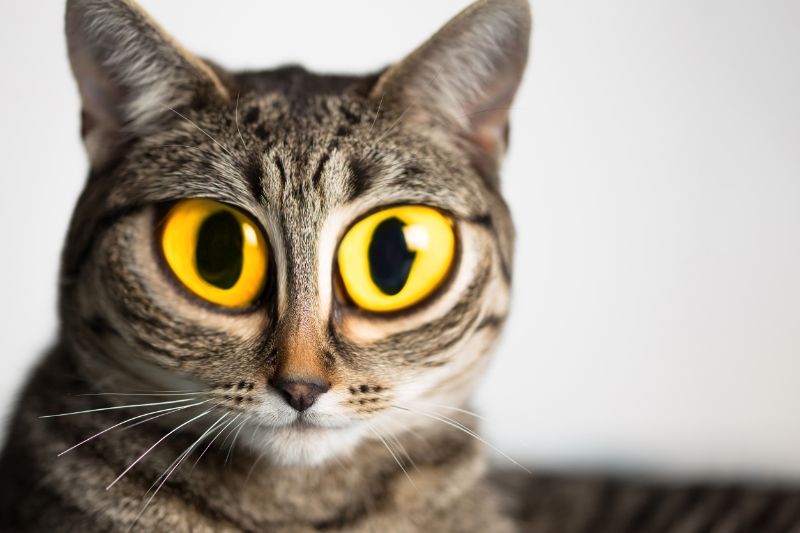
Our curious cats and hungry hounds seem to have a way of getting into things they shouldn’t get into. That could be your new houseplant or Aunt Fran’s medications, there are thousands of things we use around the home that can harm our pets if ingested. Unfortunately, there is the thinking that certain types of substances aren’t appealing to pets, but you would be surprised.
This is why the team at True Care Veterinary Hospital wants to observe national Pet Poison Prevention Awareness Month in March to educate pet owners on these toxic foes. Let’s explore the common toxins in our midst.
Toxic Treats
Ah, human food. No matter what it is, surely your pet will want it. Each year, though, hundreds of thousands of pets are poisoned by food we may never knew caused toxicity. Food toxicity can cause an array of symptoms, such as vomiting, drooling, and diarrhea, to more serious ones like low blood pressure, trouble breathing, and seizures.
But what are these poisonous foods?
- Xylitol (a sweetener used in candy, gum, and treats)
- Chocolate, especially dark and baker’s grade
- Garlic and onions
- Fruit pits
- Macadamia nuts
- Avocado
- Grapes and raisins
- Coffee
- Alcohol
- Yeast
The biggest times of year that food poisoning occurs are around the holidays when multiple guests and children are eating around the table. Holiday treats like chocolate and alcohol are another risk that needs attention during holidays or any time of year.
Perilous Plants
Another common source of pet poisonings are plants. Plants that grow indoors as well as outside can be sometimes lethal to cats and dogs. The ASPCA has an extensive database of plants that are toxic to pets, as well as those that are not. We recommend going through your inventory and swapping out those that are bad for your furry ones and replacing them with silk varieties or the non-toxic greenery as recommended.
Toxic plants include:
- Lilies (very toxic to cats)
- Mistletoe
- Oleander
- Yew
- Ivy
- Sago palm
- Dumbcane
- Rhododendron
- Azalea
- Hydrangea
Be aware of where your pet is digging and exploring when you are outside, and don’t forget to check out your local park and wherever you visit friends and family who might have toxic plants.
Household Horrors
Based on the Pet Poison Helpline’s number of poison calls each year, they have narrowed down some of the most common risks to pets that lurk inside the home. Can you list how many of these toxins are in your home?
- Mouse and rat rodenticides (highly toxic)
- Antiinflammatory medication
- Fertilizers
- Antidepressant medication
- Stimulant medication used to treat ADHD/ADD
- Acetaminophen
- Toilet bowl cleaner
It’s not surprising how many of these items are in the home, and medications rank up there in terms of risk to your pet.
The Solution
In observing national Pet Poison Prevention Awareness Month, the key things to remember are vigilance (being two steps ahead of your pet and what they may get into) and action (stashing all potential toxins in a safe place). We recommend doing a thorough sweep through the home and storing any poisons and things that may be dangerous to your four-legged friends.
If you believe your pet ingested something poisonous, call us right away. Time is very important in a toxic situation. For more information about pet poison prevention, or to schedule an appointment, please call us.

